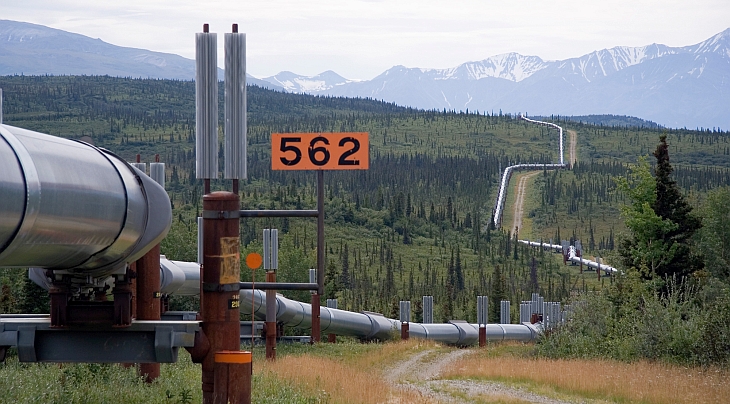Falling oil prices may cut investment in U.S. shale oil by 10 percent next year, the International Energy Agency (IEA) said, slowing growth in a sector that has turned the United States to a major global producer.
The recent drop in oil prices “should not blind us to the problems that may be around the corner,” Fatih Birol, the IEA’s chief economist, told Reuters ahead of the launch of the agency’s 2014 World Energy Outlook.
Oil prices could however rise as weak prices perk demand
Benchmark oil prices have dropped by about 30 percent over the past four months to around $82 a barrel due mostly to increased supplies from the Middle East and North America, squeezing budgets of oil producing nations and oil companies.
“If prices remain at these lows, this may result in a decline in U.S. upstream capital expenditures by 10 percent in 2015, which will have implication for future production growth,” Birol said.
U.S. oil production has risen by 1 million barrels per day (bpd) per year over the past year as strong oil prices led to a boom in shale oil production through fracking, a technique that uses high pressure to capture gas and oil trapped in deep rock. Production is set to grow by an additional 963,000 bpd in 2015, according to the U.S. Energy Information Administration.
IEA executive director Maria van der Hoeven told Reuters last month that some 98 percent of U.S. shale plays have a breakeven price of below $80
Oil prices could however rise as weak prices perk demand.
“Given the negative impact of $80 on investments, and given the $80 positive impact on demand and oil demand growth there will be upward pressure on oil prices within a couple of years if not earlier,” Birol said.
The IEA forecast global oil demand to rise from 90 million bpd in 2013 to 104 million bpd in 2040, when the energy supply mix divides into four almost-equal parts between oil, gas, coal and low-carbon sources.
Strife in the Middle East, mostly in Iraq, poses a threat to future supplies – hampering investments necessary to sustain production growth there, Birol said.
Demand for gas is set to grow by more than half by 2040, the fastest rate among the fossil fuels, and increasingly flexible global trade in liquified natural gas (LNG) will decrease risks of supply disruptions, the IEA said.
